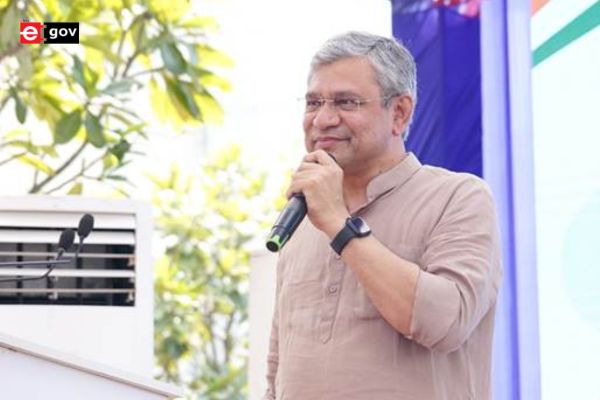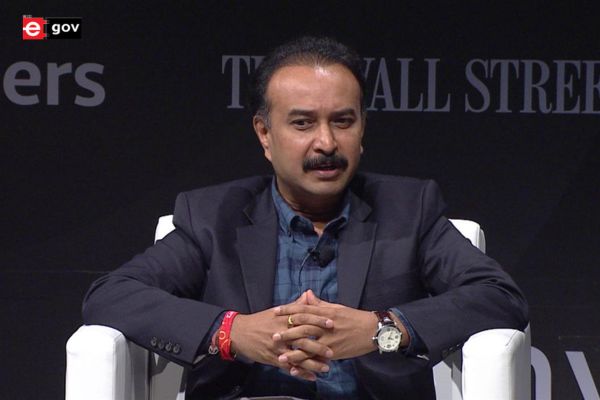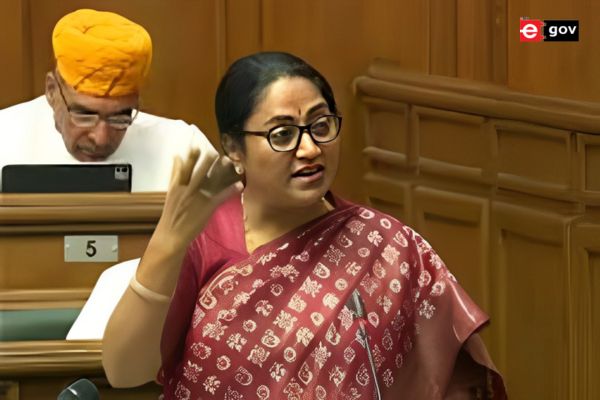
The Government of India, through its key coal agencies, has outlined an ambitious plan to bolster the nation’s coal output with the development of new mining projects over the next five years. Coal India Limited (CIL), the country’s leading coal producer, has announced the launch of 36 new projects during this period. Similarly, Singareni Collieries Company Limited (SCCL) and NLC India Limited (NLCIL) are gearing up to open 7 and 2 new coal mines, respectively.
To date, the Ministry of Coal has allocated 175 coal blocks across various states, of which 65 have obtained mine-opening permissions, with 54 already operational. These efforts are expected to create direct and indirect employment opportunities, enhance socio-economic conditions in surrounding areas, and contribute to regional infrastructure development.
Environmental and Social Considerations
The expansion of coal mining inevitably impacts the environment and local communities, including potential displacement of residents and deforestation. To mitigate these effects, every project undergoes a rigorous Environmental Impact Assessment (EIA). Based on these assessments, an Environmental Management Plan (EMP) is formulated to address ecological concerns. The Environmental Appraisal Committee (EAC) under the Ministry of Environment, Forest, and Climate Change (MoEF&CC) ensures thorough reviews of EMPs before granting Environmental Clearances (ECs). Public consultations form a key part of this process, ensuring community participation.

Specific conditions imposed by MoEF&CC are implemented in phases, with regular compliance reports submitted by the project operators. Compensation for land acquisition is disbursed by the company’s Rehabilitation & Resettlement (R&R) policy, aligned with state policies where applicable.

Coal Production Trends
India’s coal production has shown consistent growth over the years. According to provisional data, the all-India coal output stood at 537.57 million tonnes (MT) as of October 2024. Major producing states include Chhattisgarh, Odisha, Jharkhand, and Maharashtra. The following table highlights state-wise coal production for the last three fiscal years and the current year up to October 2024:

| State | 2021-22 | 2022-23 | 2023-24 | 2024-25 (Up to Oct.) |
| Assam | 0.028 | 0.200 | 0.200 | 0.120 |
| Chhattisgarh | 154.12 | 184.90 | 207.25 | 101.61 |
| Jharkhand | 130.10 | 156.48 | 191.15 | 102.87 |
| Odisha | 185.06 | 218.98 | 239.40 | 142.12 |
| Maharashtra | 56.52 | 63.62 | 69.28 | 91.78 |
| All India | 778.21 | 893.19 | 997.83 | 537.57 |
Water Usage and Regulatory Compliance
Coal mining operations require significant water usage for dust suppression, domestic needs, and other purposes. Each project’s water consumption is evaluated based on its scale and design, with a No Objection Certificate (NOC) obtained from the Central Ground Water Authority. Hydrogeological assessments and groundwater modelling play a critical role in ensuring sustainable water management.
Union Minister for Coal and Mines G. Kishan Reddy provided these updates in a written reply in the Rajya Sabha, underscoring the government’s commitment to balancing development with environmental and social responsibility.
Be a part of Elets Collaborative Initiatives. Join Us for Upcoming Events and explore business opportunities. Like us on Facebook , connect with us on LinkedIn and follow us on Twitter, Instagram.
"Exciting news! Elets technomedia is now on WhatsApp Channels Subscribe today by clicking the link and stay updated with the latest insights!" Click here!













